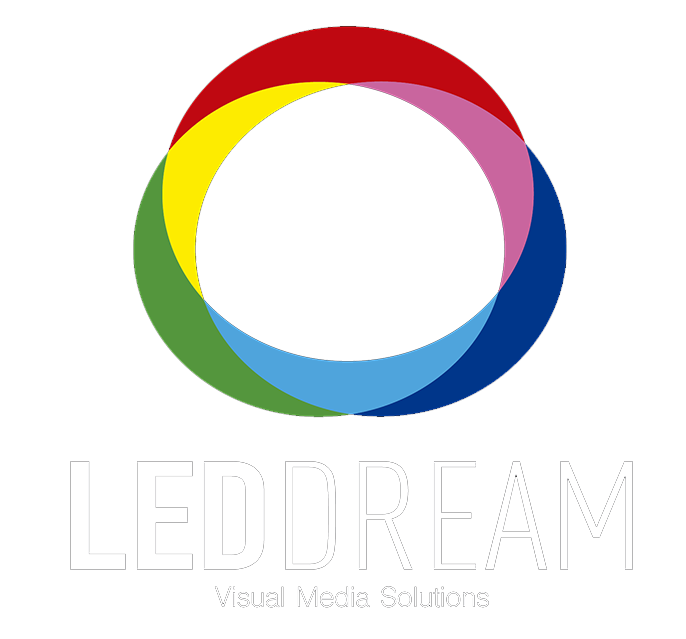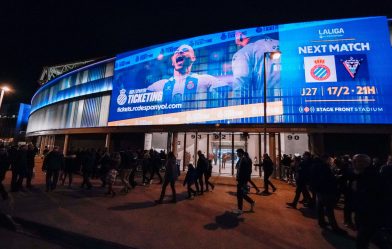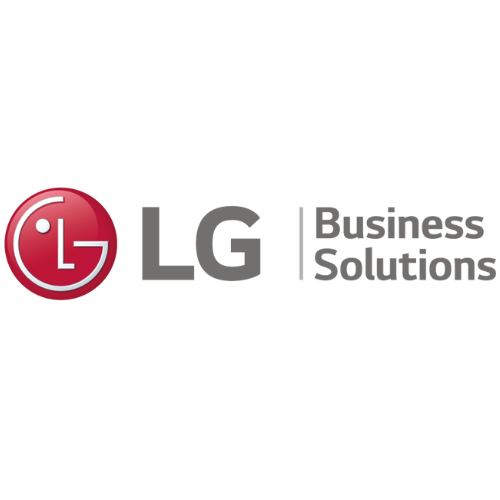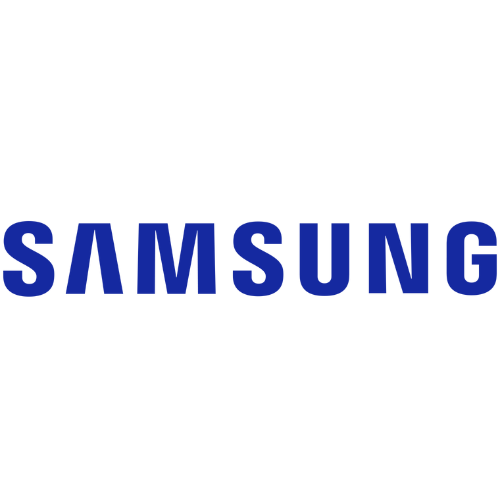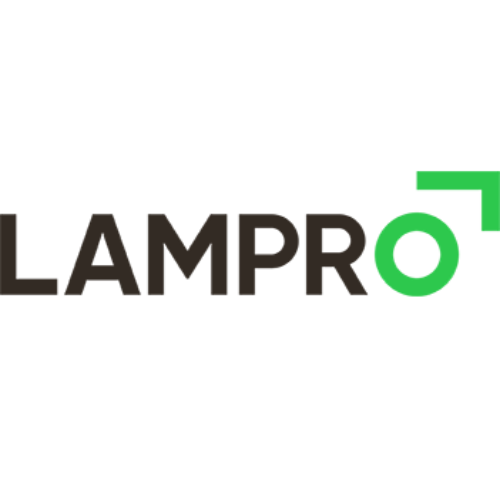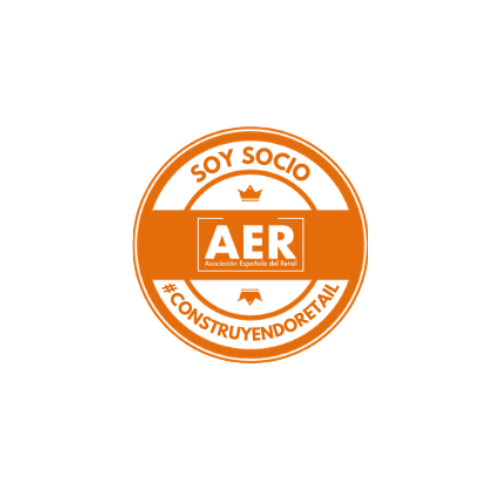Outdoor LEDs are taking the market over in a storm as they bring new and better options to spread brand awareness and extend their range to consumers. More and more individuals and small to large businesses are looking to reap the benefits of the most compatible LED screens.
LED technological progress, such as the invention of SMD and COB LED display screens, has eliminated all limitations previously imposed by traditional DIP screens. While many other LED screen alternatives exist, the SMD, DIP and COB screens find themselves in fierce competition. Indeed, all three models offer incredible advantages, with high levels of customer satisfaction and efficiency.
Factors to Consider for LED Display Screens
It is not that easy to find the right LED display supplier and led display. Competition is intense, and buyers must go through a wide list of features, specifications, and options to come up with an appropriate one. Here are the general criteria used by experts to choose the right LED screen:
- Pixel pitch
- Screen resolution
- Size
- Brightness levels
- Viewing experience
- Smoothness and clarity
- Power efficiency
- Contrast level
- Color uniformity
Over 65% of people go to retail shops to check out the clarity and viewing experience of their future LED screen. They know these shops have one of every piece in display allowing them to make a comparison on the spot and place an order.
However, to get a proper idea of what screen may be more appropriate, what matters most is determining the destined purpose and extent of use of said screen - if someone is looking for an indoor display, then an SMD LED would be better but, if a buyer likes DIP, they can choose that as well. Here is a brief comparison of the three alternatives to help buyers decide which one to go for:
DIP LED Display Screen
DIP display screens have been in business for years now. Their strong and efficient technology has made them a preferred choice for marketing industries. DIP refers to Dual Inline Package that offers the same visual experience as SMD display. But the DIP model stands out for the separate LEDs that comprise the display’s structure. Indeed, the screen displays blue, red, and green LED dots as dots on the screen that a human eye can easily see.
DIP LEDs used to give non-homogenous contrasting effects and reflected external light no matter how long they worked. Another element that makes DIP technology a great option is its virtual pitch that enables these display screens to emit a new LED: WHITE which accentuates definition and enhances the screen’s rendition.
Having said this, DIP outdoor led screens are good for outdoor advertising because they do not drop below 7 shades, no matter what.
Why to have it?
Color consistency is one of DIP display screens’ most promising features. Additionally, they are waterproof, thus providing high-quality images. Lastly, their virtual pixel technology or pixel sharing technology ensures that users can enjoy an incredible viewing experience and outstanding quality content.
Since DIPs are recommended for outdoor use, they tend to be weather-resistant against UV rays and moisture. The best part of DIP LED display screens is their energy efficiency that enables them to work on low energy, without compromising brightness levels of up to 8000 nits or more.
2. SMD (Surface Mounted Device) LED Display Screen
SMD technology is the complete opposite of DIP technology. It does not use three colors of LEDs (red, blue, and green); rather, it makes a single white or black dot by grouping them together. This results in either a dot or a square, where the dot has the diameter of only a few millimeters.
Unlike DIP screens, SMD LEDs are not visible separately and therefore, the gap between each pixel is almost unnoticeable. The best thing about SMD LED is that it features an unmatched resolution, with a pixel pitch of 1.6 mm or more.
Another distinguishing factor of SMD LEDs is the number of diodes and contacts present in their structure. SMD LED chips usually have more than two contacts, which is significantly better and different than typical DIP LEDs. One chip can take up to 3 diodes, with each diode having its own circuit. This circuit will typically have one anode and one cathode that will establish 2, 4 or 6 contacts on a LED chip.
With this configuration, SMD chips show incredible versatility as there are blue, red and green diodes. With these colored diodes, any color can be created featuring high output adjustments. Therefore, users can rest assured about obtaining smooth and clear images no matter where from or what they are viewing.
Why to have it?
SMD display screens pride themselves for offering incredible color consistency with increased picture quality and screen resolution. The screen maintains good color mixture because it groups LEDs together for a perfect mix.
SMD display screens offer an amazing viewing angle that no other light source could provide. Moreover, their light weight makes them easy for users to carry wherever they want. This feature also makes them easy to move and install, ideal for users wishing to repair them in different places.
SMD technology did encourage the industry to develop outdoor use models. However, manufacturers do recommend this technology be used for indoor purpose.
3. COB LED Display Screen
Chip on Board or COB (also a type of LED display) features an integrated circuit wiring linked to a printed circuit board with LED lamps. These lamps are placed the front while ICs at the back complete the COB LED module. Together, these modules form an LED display.
COB display encapsulates the LED chip technology (upstream, display technology (downstream) and encapsulation technology (midstream). This makes COB LED screen a widely used solution with several purposes.
Why to have it?
COB LED displays do not have feature a diameter per single LED due to their micro size. This makes production process easy with less expenses. COB display screens pride themselves for being thermal-resistant with high-density packaging.
As compared to SMD and DIP, COB LED is easy to install. Its ultra slim PCB boards make light-weighted LEDs, quite convenient for buyers to carry with them. This type of display screen encapsulates the LED chips on the board that are solidified with the help of an epoxy resin glue. The best part of COB display is that it can dissipate heat thanks to copper foil on the board.
Another important consideration is its anticorrosion, anti-static, waterproof, anti-oxidation, dustproof and damp-proof capabilities that make this LED the perfect option for a variety of purposes.
Which is Better?
While each type of LED display screen holds an edge over the other, there is no such thing as one screen being better than another. The reality is that any display meeting the purchaser’s requirements is a good option. In other words, a person must analyze his/her needs and evaluate these three SMD, DIP, COB LED displays’ features to figure out which one is capable to fulfil said needs.
